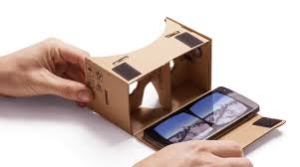The educational facility will cater to all students from Pre-K to adults.
There will be Multilingual Educators that foster Arabic and the Dialects of the Syrian people in spoken and written form.
Communal spaces will be built so that people can come together to engage as a community.
Technology will be heavily featured, as it is for all Australian Educational facilities.
In accordance with the Mission statement:
- A place of healing spaces for prayer and religious ritual will be available as well as trained counsellors and group therapy
- A Place of Learning – Australian Curriculum programs – Community Engagement programs to transition into the Australian way of life – ESL programs to enhance English for total engagement in the Australian Curriculum and to transition into the new community -Syrian language and Cultural studies
- A place of Opportunity –TVET/TAFE courses for further education in trades – Work placement to build work skills in the community. – University education through online courses and personal support
This Educational facility will give all the students the skills to continuing their lives in Australia once the crisis has subsided or to return to Syria, to rebuild their lives and their communities.








